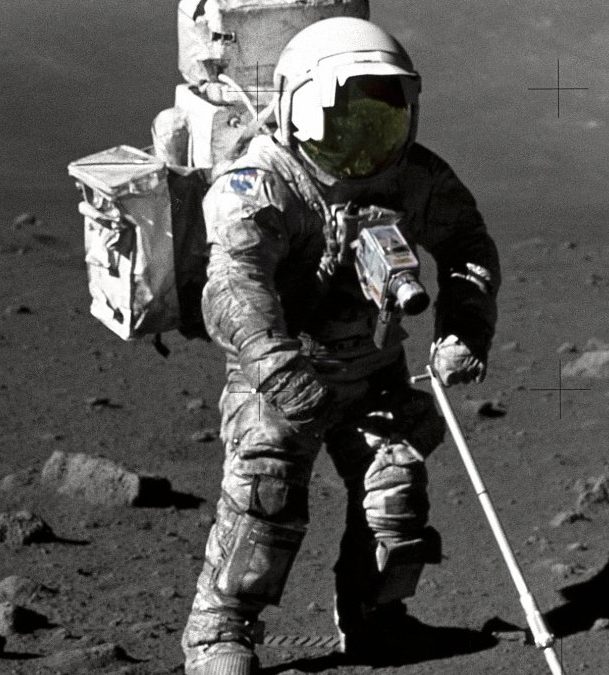The six Apollo missions experienced a wide variety of effects from lunar dust (regolith). The image is a NASA photo of Dr. Harrison Schmitt in his dust-begrimed suit. There is a superb 2007 compilation of dust effect information from the six Apollo missions:
https://ntrs.nasa.gov/archive/nasa/casi.ntrs.nasa.gov/20070021819.pdf
These effects will impact the performance of future robotic missions. The national Moon effort should expand its investigations into lunar dust along several lines:
- fundamental research into the properties of the dust–informed by Apollo samples, and information from the various instruments orbiting or that have orbited the Moon
- engineering approaches to dust mitigation–surface treatments, electrostatic cleaning, etc.
- operations and vehicle designs that reduce the amount of dust stirred up–for example, installing elevated tracks on which robotic vehicles could travel. This idea is briefly discussed in the Commercial Lunar Propellant Architecture study:
https://repository.hou.usra.edu/handle/20.500.11753/1245
Coming to an improved understanding of dust properties and dust mitigation will be particularly important because lunar regolith is also looked at as a resource. The CLPA study examines the extraction of water from ice in the regolith; various studies suggest using regolith as a shielding material to protect astronauts from radiation. This challenge to lunar operations cannot be ignored.


Recent Comments